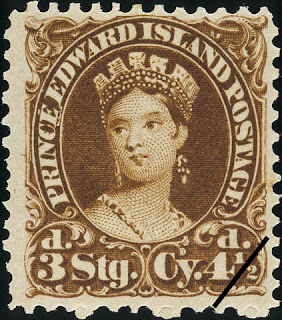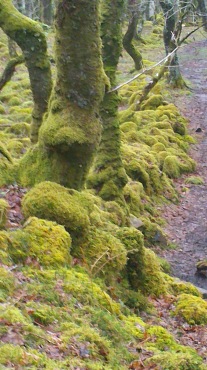In my first teacher training course, back in 1987, I watched a video of a man giving a 2 hour class. During the whole session, which involved extensive group activities and learner participation, there was no lecture, and he used just one piece of “content”. A postage stamp.
 Of course we didn’t call it “content”, it was resource or material, or part of the contents of a textbook.
Of course we didn’t call it “content”, it was resource or material, or part of the contents of a textbook.
I may be mistaken, but there seems to have been a shift in the understanding of the noun “content”, around the mid 90’s, roughly with the rise of the internet and the emerging need for business models for the Internet. From being simply what was inside something else, a container, it became something that could be packaged, and sold. Prior to this, what was sold was the container – the book, for example.
As things went digital, the container remained important for a while, so that though it was clear that the contents of a CD were tiny bits of information it was still felt to be necessary to package this, in a large, useless (hard-backed size) cardboard box. Packaging is important.
As the Net became the container, it became necessary to find other ways of thinking about selling the contents. When the Net is the container, the package is not often clearly visible and identifiable. This was of course disastrous, inimical to effective commoditization of the experience of going online. For example, if you buy an online course, it is hard to say where that course is. To get a “purchase” on the course you need something visible, something concrete.
So the contents of the package became the package. And what was a plural noun, as in “Table of Contents”, became singular. It became a concept. It became “King”.
This shift, from the perspective of education at least, has been pernicious. It has led to mistaken understandings that the material/textbook/video/syllabus/etc used in an educational experience, is the same thing as the educational experience, or as the learning that takes place. How many times have you heard a student say: “I missed the class, but it is OK I have the notes/slides”? It might be an easy mistake to make, given the pervasive presence of transmission perspectives around learning in our folk pedagogies, but it is still pernicious.
In 2002, when MIT launched Open Course Ware, the same conversation about content took place. The decision they made, to put their content online free, was accompanied by clear declarations at the time by Charles Vest, then MIT President, that MIT content was not at all the same as an MIT education. But the identification of content with the course, or worse still, with the learning goes on. Because it is necessary for those who wish to commoditise and control learning.
In this sense, it seems to me vital to question and contest the use of the word “content”. The very word shifts the frame of the conversation around learning. The term drives us to believe that learning requires “content”, neatly packaged, of course, by your vendor of choice. And that without Content, our work is incomplete. Thinking of content as a kind of conversation with the people who created it is a useful way to shift our thinking, it might also be valuable just to stop using the word, and go back to using words like “resources” or “materials” or “texts”, which are words that help to reframe the conversation.

